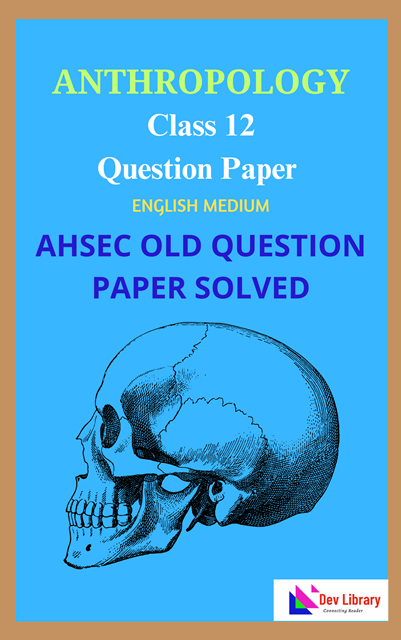Class 12 AHSEC 2022 Anthropology Question Paper Solved English Medium, AHSEC Class 12 Anthropology Question Paper Solved PDF Download, to each Paper is Assam Board Exam in the list of AHSEC so that you can easily browse through different subjects and select needs one. AHSEC Class 12 Anthropology Previous Years Question Paper Solved in English can be of great value to excel in the examination.

Class 12 AHSEC 2022 Anthropology Question Paper Solved English Medium
AHSEC Old Question Paper provided is as per the 2022 AHSEC Board Exam and covers all the questions from the AHSEC Class 12 Anthropology Solved Question Paper

